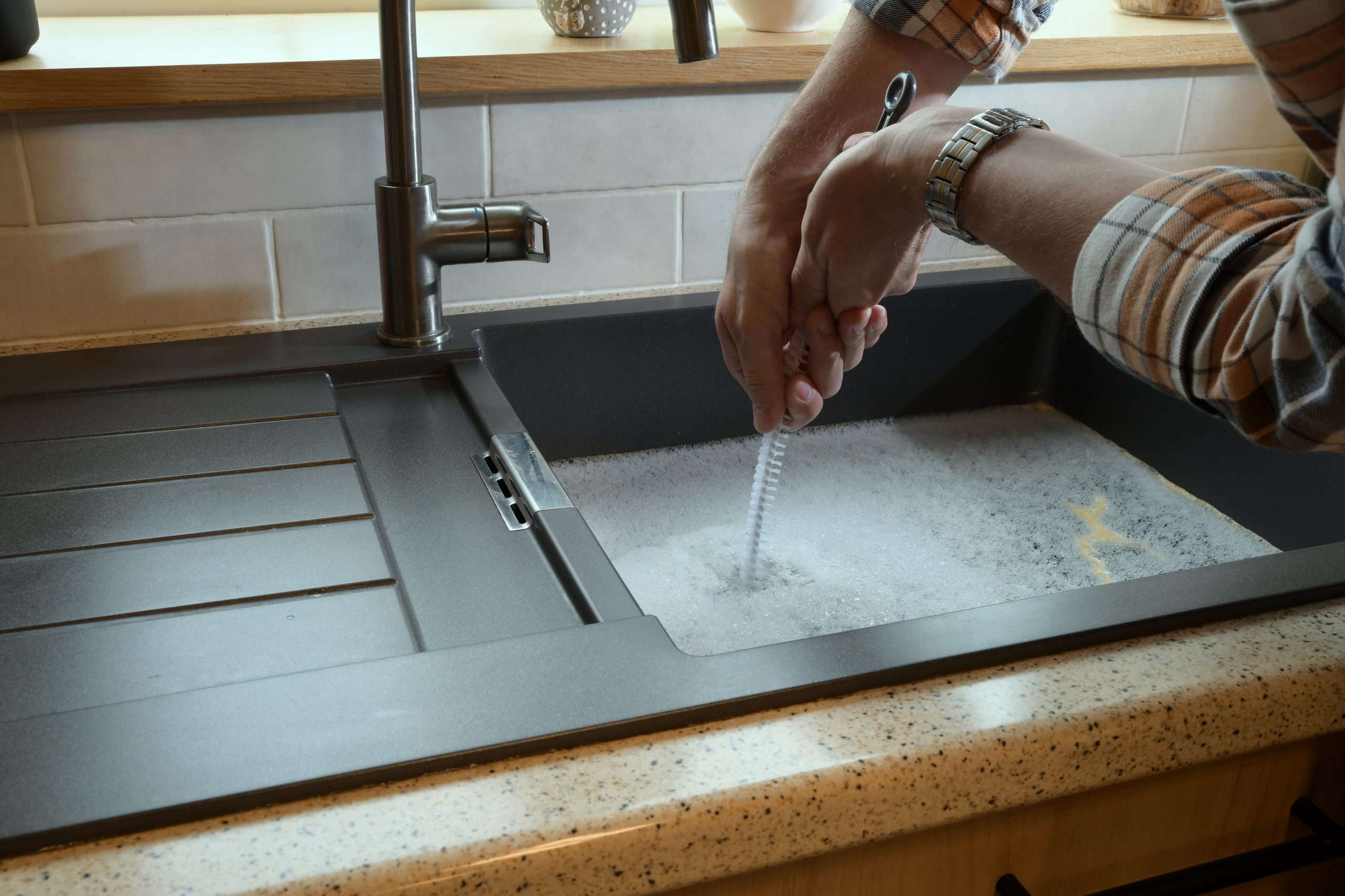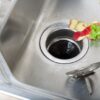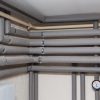Slow Drain vs. Main Line Sewer Clog: How to Tell When You Need a Plumber

Every homeowner has dealt with a slow drain. It starts with the shower water pooling slightly around your feet, or the kitchen sink taking just a little too long to empty. Most of the time, this is an easy fix: a quick application of a plunger or a basic drain snake clears out a hairball or a small food clog, and life goes on.
But sometimes, a drain issue is a sign of a much bigger, much messier problem lurking in your home’s main sewer line. Knowing the difference between a minor blockage and a main line sewer clog is crucial—it can save you from severe water damage and costly emergency repairs.
Here’s your guide from Robillard Plumbing on how to diagnose the issue and when to drop the plunger and call a professional.
The Clues: Is It a Local Problem or a Main Line Sewer Clog?
The key to diagnosing a plumbing issue is looking at how many fixtures are affected and where the water is backing up.
Signs of a Minor, Local Clog (DIY Potential)
A local clog affects only one drain and is usually caused by buildup close to the fixture. You may be able to address local clogs yourself.
- Only the bathtub or shower is draining slowly. This could mean that hair, soap scum, or another foreign object is in the P-trap or drain near the bathtub or shower. You can try using a plunger, a small drain snake, or boiling water to clear the blockage. Avoid chemical drain cleaners though, as they can damage your pipes.
- Only the kitchen sink is slow. Grease, oil, and food particles are likely stuck between the sink drain and the main sewer line. Try a plunger or a professional-grade enzymatic cleaner in this situation. The latter is eco-friendly, non-toxic, and much safer than chemical cleaners.
- Water bubbles slightly when another nearby fixture is used (e.g., the toilet bubbles when the sink is draining). This could mean that a partial blockage is restricting airflow and water near the bubbling fixture. A plunger or snake can work here too, but if the gurgling continues or occurs in multiple fixtures, there may be a larger issue in your plumbing.
Signs of a Major, Main Line Sewer Clog (Call Robillard Immediately)
The main sewer line is the single pipe that carries all wastewater out of your house to the city sewer or septic tank. If it’s blocked, everything backs up, and you’re better off calling us for professional drain cleaning.
- Multiple fixtures are backing up simultaneously. This likely means there is a clog in your main line, located downstream of the affected fixtures.This indicates a widespread blockage, often caused by tree roots, broken pipes, or excessive buildup.
- Toilet gurgles when you use the sink/shower. Here, you probably have a severe blockage causing wastewater from one line to seek the path of least resistance (the empty toilet bowl). This is a classic symptom of a main line issue.
- Sewage backs up into low-level drains. When wastewater can’t escape the house, it flows back up into the lowest point, usually a basement floor drain. This is an emergency, as raw sewage is a health hazard and requires immediate professional intervention to protect your household.
- Foul sewer odors are coming from drains. Persistent, strong odors coming from multiple drains, especially basement drains, likely mean that gases are escaping the sewer because the main line is severely obstructed. This also requires professional attention.
Stop! Why You Should Never Use Chemical Drain Cleaners
While store-bought chemical drain cleaners are easy to find, they can be highly damaging to your plumbing system.
- They don’t work completely: They often only melt a small path through the center of a clog, leaving the rest of the buildup to solidify again quickly.
- They are corrosive: The caustic chemicals can erode older pipes, especially metal or cast iron, leading to leaks and costly replacements.
- They create a safety hazard: If the cleaner doesn’t work and you call a plumber, that corrosive liquid remains in the pipe, posing a danger to the technician.
A plunger or a manual snake is always safer for minor clogs. For anything else, you need a professional.
The Robillard Plumbing Solution: Precision Diagnosis
When you call Robillard Plumbing for a suspected main line sewer clog, we don’t just guess—we use precision tools to find the exact problem:
- Video camera inspection: We insert a high-resolution camera into your main line. This allows us to see exactly what’s causing the blockage, whether it’s invasive tree roots, a break in the pipe, or a major build-up of sludge. This step eliminates guesswork and targets the repair accurately.
- Hydro-jetting: For serious grease, scale, or sediment buildup, we use high-pressure water streams to scour the interior walls of your pipes. This is far more effective than snaking and actually cleans the pipe, not just poking a hole through the clog.
We proudly serve the Twin Cities’ Northwest Metro area, including Maple Grove, Plymouth, and Champlin, and we are prepared for any emergency, big or small.
If your home is showing the signs of a main line sewer clog, don’t wait for a basement flood. Contact Robillard Plumbing today to schedule a professional inspection and get your system flowing freely and reliably again.



